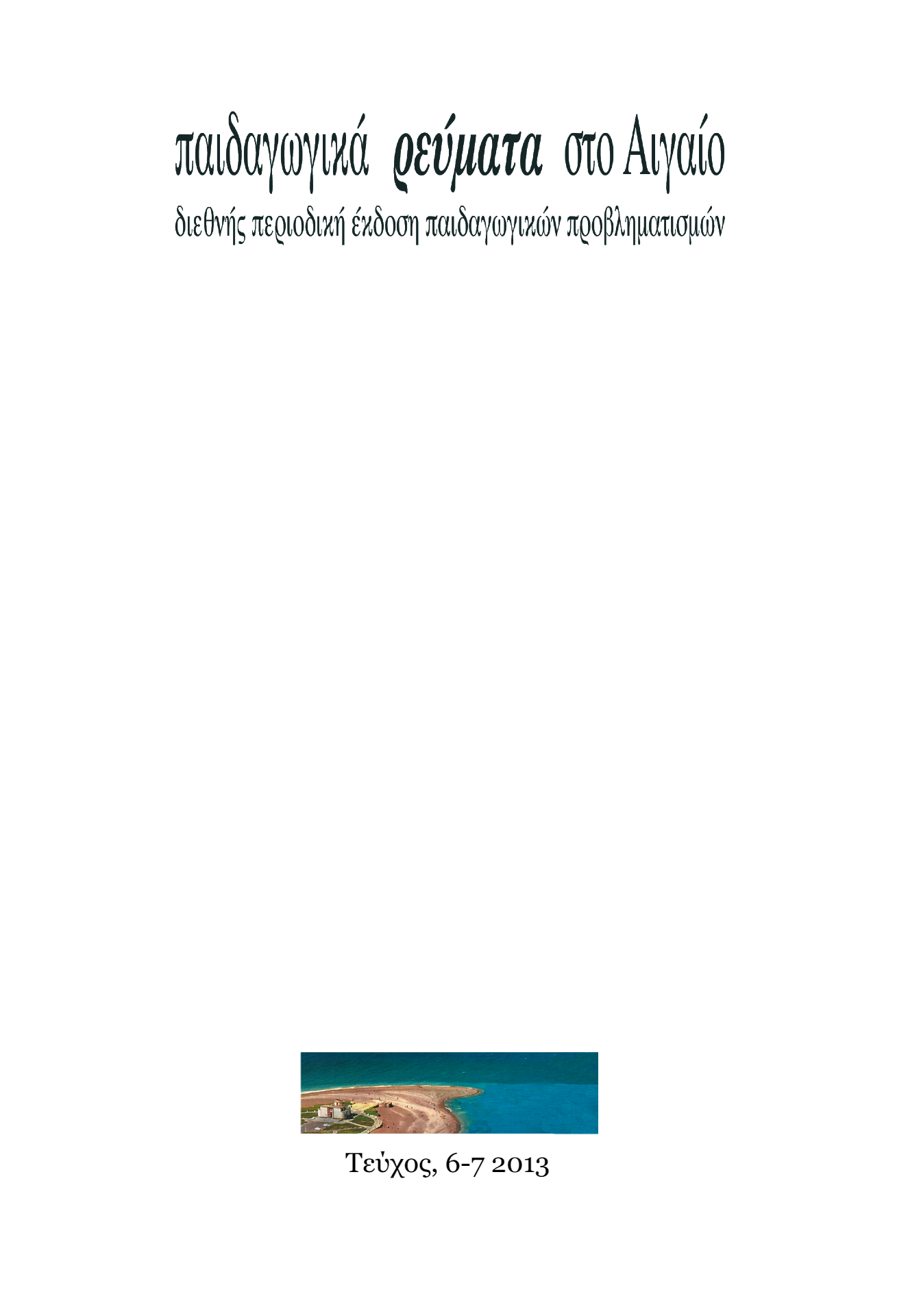Μνημεία Ιστορίας και Πολιτιστικής Κληρονομιάς Νοηματοδότηση και Ιεράρχηση των Μνημείων και Υλικών Καταλοίπων του Παρελθόντος Εμπειρική Έρευνα με Εκπαιδευτικούς
Περίληψη
Having as a starting point that the material remains of cultural heritage visualize the historical narrative and shape a direct relationship between the public and the past, core matter of this study is the investigation of the relationship between educators and cultural heritage. Based on a sample of 469 Greek primary and secondary school educators, this study illuminates the educators’ stances towards the interpretation, evaluation, and incorporation of cultural heritage sites in their teaching. The exploration of the connection between Greek educators, history, and cultural heritage, as a means of formal and informal historical education, attempts to bridge the gap that exists in Greek literature regarding the impact of spaces of cultural significance on the students’ and educators’ historical thought as well as on the (re)formation of spatially oriented identities. This study’s questionnaire evolves around three main axes: (a) the relationship of educators with the subject of History, (b) their knowledge about monuments and material remains that exist in close proximity to their work and living environment, and (c) their stances towards the preservation, alteration, or destruction of specific material remains of cultural heritage. The quantitative and qualitative analysis of the educators’ answers give out interesting observations that can prove to be useful in the projection and management of the country’s cultural capital in relation to its constructive connection to the educational curriculum.
Λεπτομέρειες άρθρου
- Πώς να δημιουργήσετε Αναφορές
-
Στεφάνου Ε., Αθανασιάδης Η., & Στέφος Ε. (2022). Μνημεία Ιστορίας και Πολιτιστικής Κληρονομιάς Νοηματοδότηση και Ιεράρχηση των Μνημείων και Υλικών Καταλοίπων του Παρελθόντος Εμπειρική Έρευνα με Εκπαιδευτικούς. Παιδαγωγικά ρεύματα στο Αιγαίο, 6(1), 139–156. https://doi.org/10.12681/revmata.31135
- Τεύχος
- Τόμ. 6 Αρ. 1 (2013)
- Ενότητα
- Θεωρείο

Αυτή η εργασία είναι αδειοδοτημένη υπό το CC Αναφορά Δημιουργού – Μη Εμπορική Χρήση – Παρόμοια Διανομή 4.0.



